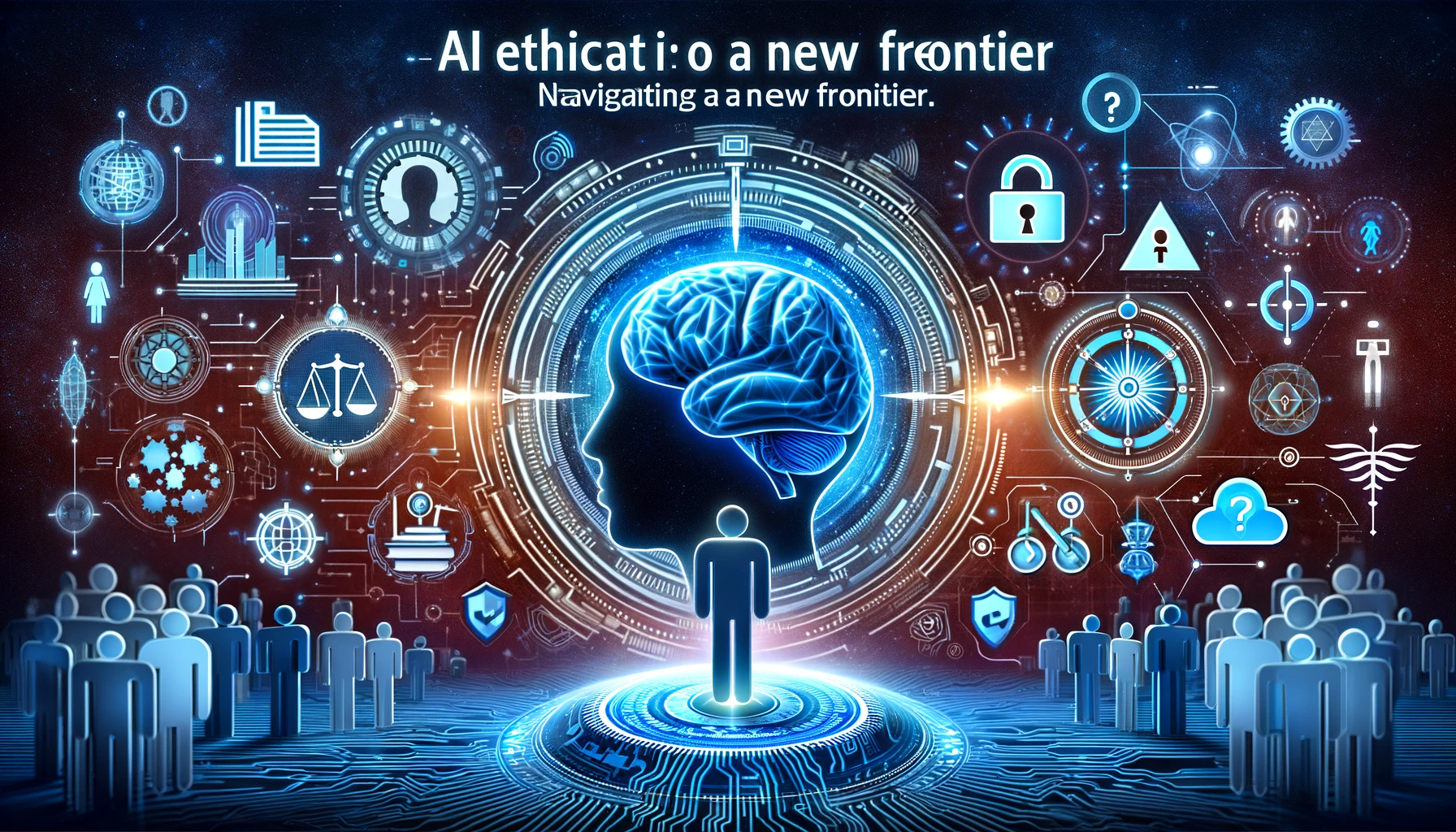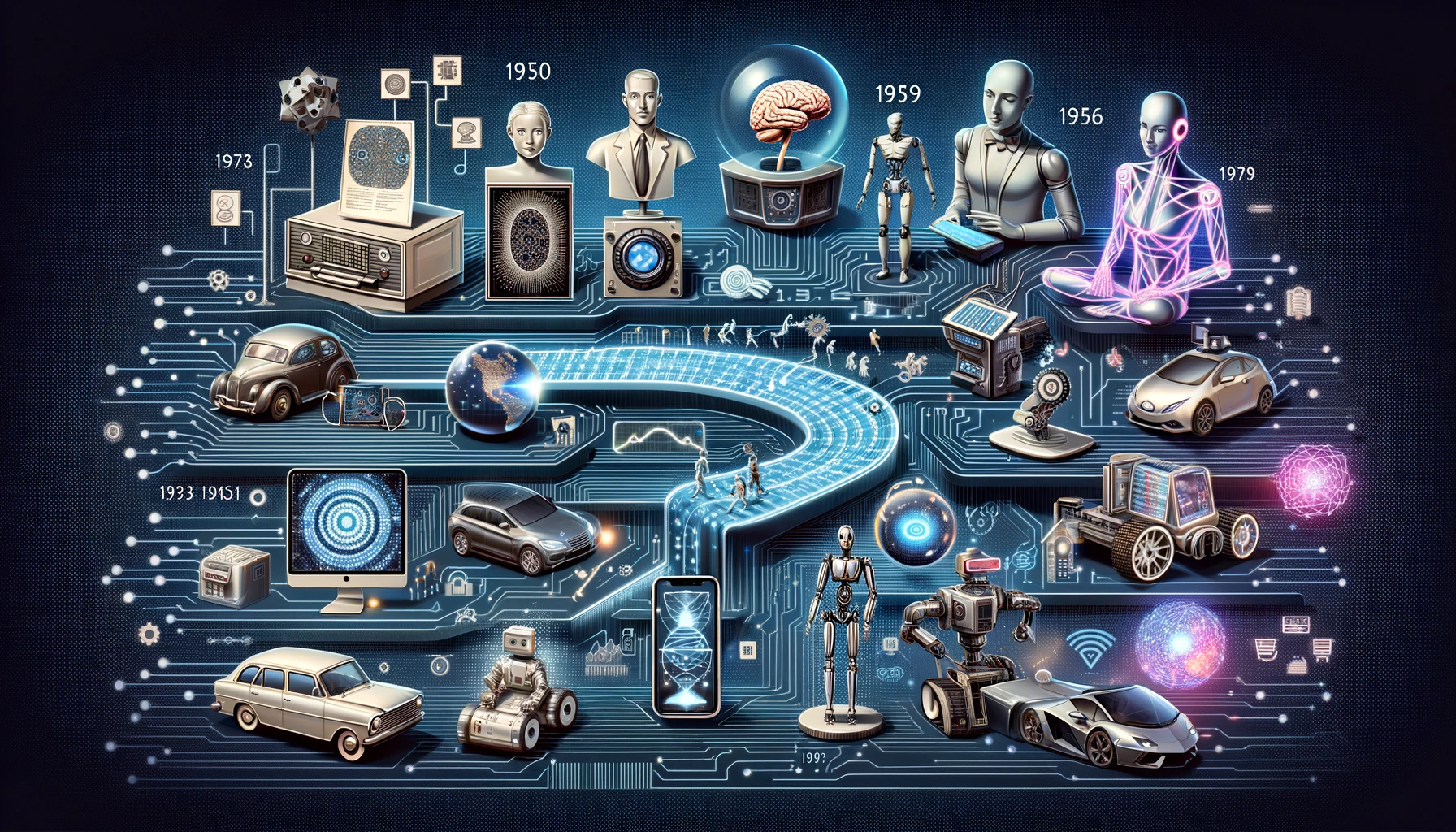The Challenges of Early AI Systems.
Early AI systems, while groundbreaking for their time, faced numerous challenges that limited their effectiveness and adoption. Here are some of the key challenges they encountered:
1. Limited Computing Power
Early AI systems were constrained by the limited computing power available at the time. The hardware was not powerful enough to support complex algorithms or process large amounts of data quickly, leading to slow and inefficient performance.
2. Lack of Data
AI systems rely heavily on data to learn and make predictions. In the early days, there was a significant lack of digitized data and sophisticated data collection methods, making it difficult for AI systems to be trained effectively.
3. Algorithmic Limitations
The algorithms used in early AI were relatively simple and not as sophisticated as modern machine learning techniques. Early AI systems often used rule-based approaches, which could not handle the complexity and variability of real-world scenarios.
4. High Costs
Developing and maintaining AI systems was expensive. The cost of hardware, software, and the need for specialized knowledge made it difficult for many organizations to invest in AI technology.
5. Knowledge Representation and Reasoning
Early AI struggled with representing and reasoning about the vast and varied knowledge of the world. Systems could not effectively understand context or nuance, leading to limited functionality and accuracy.
6. Lack of Standardization
There was a lack of standardized methodologies and tools for developing AI systems. This led to a fragmented field where different approaches and technologies were not easily compatible or transferable.
7. Poor User Interfaces
The interfaces for interacting with AI systems were often not user-friendly. This made it difficult for non-experts to use and benefit from AI technology, limiting its adoption.
8. Ethical and Social Concerns
Early AI raised ethical and social concerns, including fears of job displacement and the potential misuse of AI technology. These concerns often led to public and regulatory resistance.
9. Over-Promising and Under-Delivering
There was often a significant gap between the promises made by AI researchers and the actual capabilities of AI systems. This led to periods of disillusionment, known as "AI winters," where interest and investment in AI declined.
10. Lack of Interdisciplinary Collaboration
AI research was often conducted in silos, with little collaboration between different disciplines such as computer science, cognitive psychology, and neuroscience. This limited the development of more holistic and effective AI systems.
Conclusion
Despite these challenges, early AI systems laid the foundation for the advanced AI technologies we have today. Continuous improvements in computing power, data availability, algorithmic sophistication, and interdisciplinary collaboration have addressed many of these early limitations, leading to the rapid advancements in AI that we witness today.

 By
By


